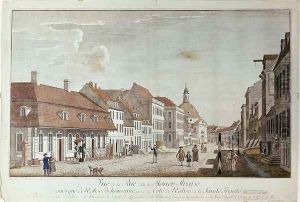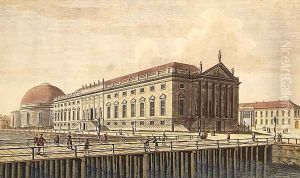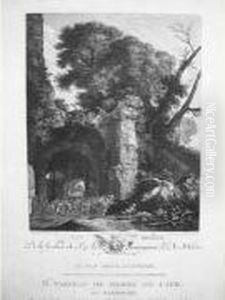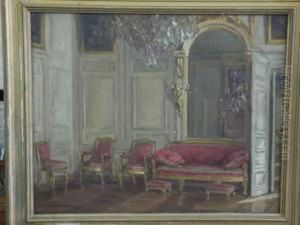Johann Georg Rosenberg Paintings
Johann Georg Rosenberg was a German painter and art professor primarily active during the 18th century. He was born in 1739 in Heiligenstadt, which was then part of the Holy Roman Empire. Rosenberg is not as widely known as some of his contemporaries, but he contributed to the artistic scene of his time, particularly in the area of portrait painting.
Rosenberg received his artistic training from a young age, though details about his early education and mentors are not well-documented. His work was influenced by the broader European art movements of the time, including the Baroque and Rococo styles, which were characterized by ornate detail, grandeur, and a focus on light. However, as the 18th century progressed, these styles gave way to Neoclassicism, and artists like Rosenberg were part of the transition period in German art.
Throughout his career, Johann Georg Rosenberg worked on various commissions, including religious themes, portraits, and historical scenes. His portraits, in particular, are noted for their attention to detail and the ability to capture the personality and social status of the sitters. Unfortunately, much of Rosenberg's work has not survived or has been scattered in private collections, making a comprehensive assessment of his oeuvre challenging.
Rosenberg also contributed to the academic side of the arts. In 1781, he was appointed as a professor at the Academy of Fine Arts in Kassel. His role as an educator allowed him to influence a new generation of artists, and he was respected for his knowledge and technique. During his tenure at the academy, he would have engaged with emerging artistic ideas and participated in the intellectual discourse surrounding the arts.
Johann Georg Rosenberg died in 1808. Although he did not gain the same level of fame as some of his peers, his work remains a part of the German artistic legacy of the late 18th century. Today, art historians and enthusiasts may find his remaining works in regional museums or as part of academic research into the period.



